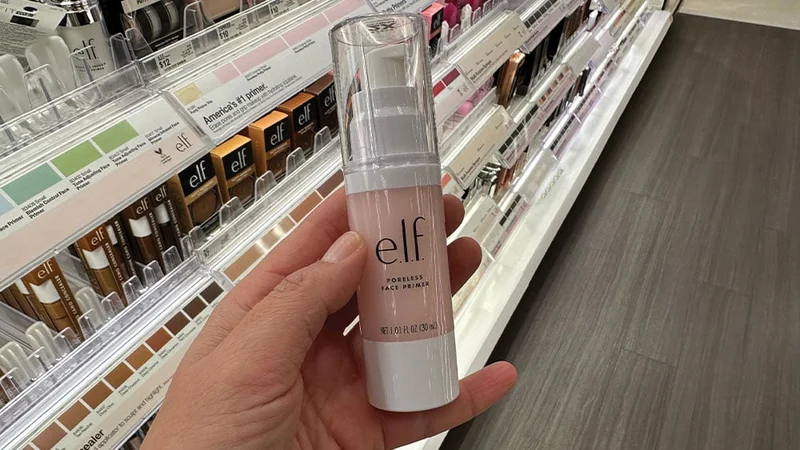Real-Time BNB Signal Analytics
Real-Time BNB Signal Analytics
Shares of e.l.f. Beauty took a nosedive recently, and the headlines are screaming about weak guidance and tariff impacts. The stock plunged nearly 30% – 33% at its lowest point on Thursday, November 6, 2025 – after a mixed quarterly report. Revenue was up, sure, but not by enough to satisfy Wall Street's insatiable appetite for growth. The real kicker? A slashed earnings outlook.
The company is blaming tariffs for a contracting gross margin (down over 1.5 percentage points in Q2). Adjusted EPS also took a hit, declining around 12%. And the forecast for fiscal 2026? Even more pain. Revenue is projected to grow, but adjusted EBITDA is barely budging, expected to creep up a measly 2% compared to the previous year. Adjusted EPS is expected to fall between $2.80 and $2.85, a roughly 17% drop.
Okay, tariffs are a genuine concern. But I always find it useful to ask: are we really seeing a fundamental shift in the company’s prospects, or is this a temporary blip amplified by market jitters? The market does tend to overreact, as one analysis I saw pointed out.
Here's where things get interesting. e.l.f. is touting a 19% revenue growth for fiscal 2026. Sounds impressive, right? But peel back the layers, and you find that about $200 million of that growth is thanks to Rhode, the company they acquired earlier in the year. Excluding Rhode, organic revenue growth is a paltry 3% to 4%. That's a huge discrepancy.
The question then becomes: Was Rhode a smart strategic move, or a way to mask slowing organic growth? Acquisitions can be great, but they also introduce integration risks and can distract management from the core business. We also don't know how much e.l.f. paid for Rhode. Details on the acquisition cost remain surprisingly scarce, which always makes me a little suspicious.

e.l.f. Beauty’s shares are known to be volatile. One report noted 48 moves greater than 5% over the past year. A 5% move is not unusual, but a 30% drop is a rare event, suggesting a significant shift in market perception. This isn't just normal market fluctuation. This is a gut check.
I've looked at hundreds of these filings, and this level of volatility, coupled with the sudden guidance revision, is a pattern I've seen before in companies facing deeper structural problems. Not saying that's definitively the case here, but it warrants closer scrutiny.
The previous big move, a 2.8% gain, came on news of potential trade truce between the U.S. and China. The market’s optimism was fueled by the prospect of easing trade tensions and reduced tariffs. This highlights the extent to which e.l.f.'s stock is tethered to macroeconomic factors beyond its direct control.
The stock is down 38.3% since the beginning of the year and is trading nearly 50% below its 52-week high from September 2025. Investors who jumped in five years ago are still up almost 4x, but recent buyers are underwater. The crucial question is whether the current price reflects a genuine buying opportunity or a value trap.
The knee-jerk reaction might be to "buy the dip." But let's be real: even after the crash, the stock is trading at nearly 30 times adjusted earnings guidance. That's a hefty premium for a company with sluggish organic growth and declining earnings. The market might be onto something here. It might be wise to wait for an even lower price before jumping in. I'm staying on the sidelines for now.